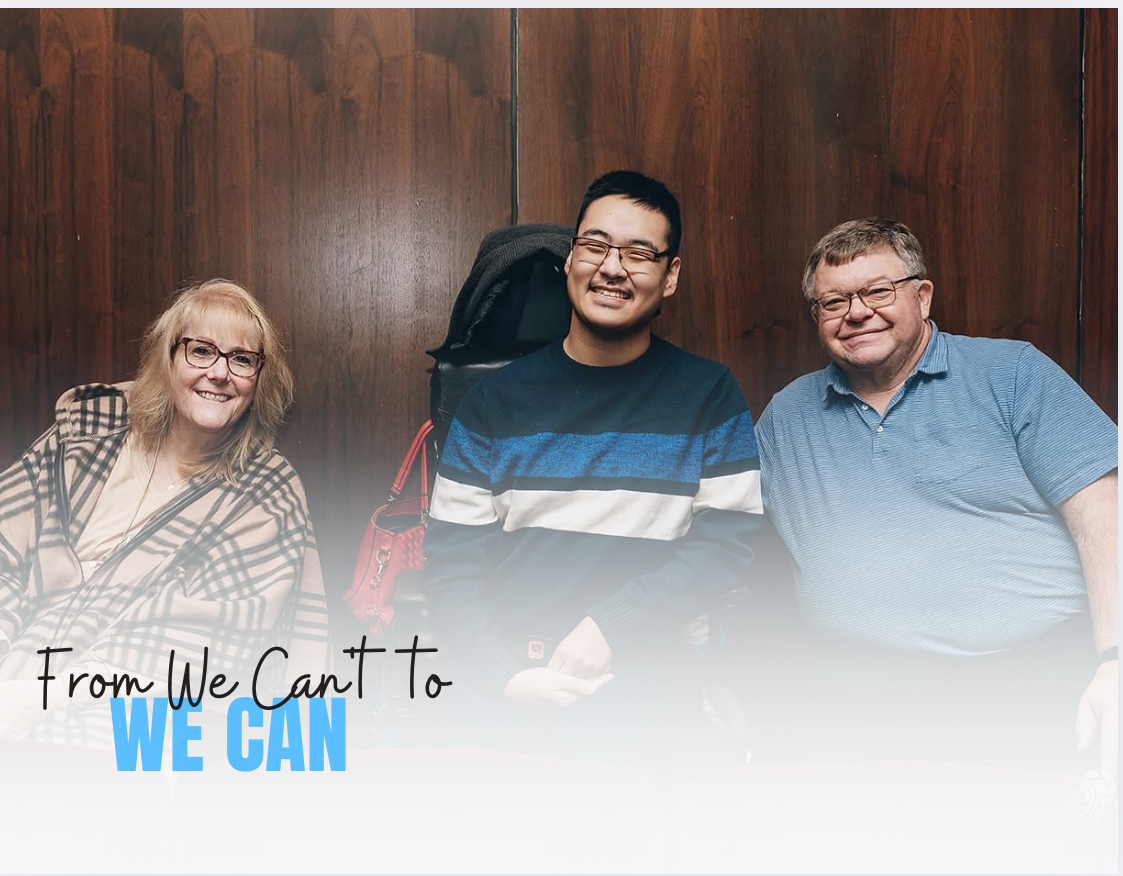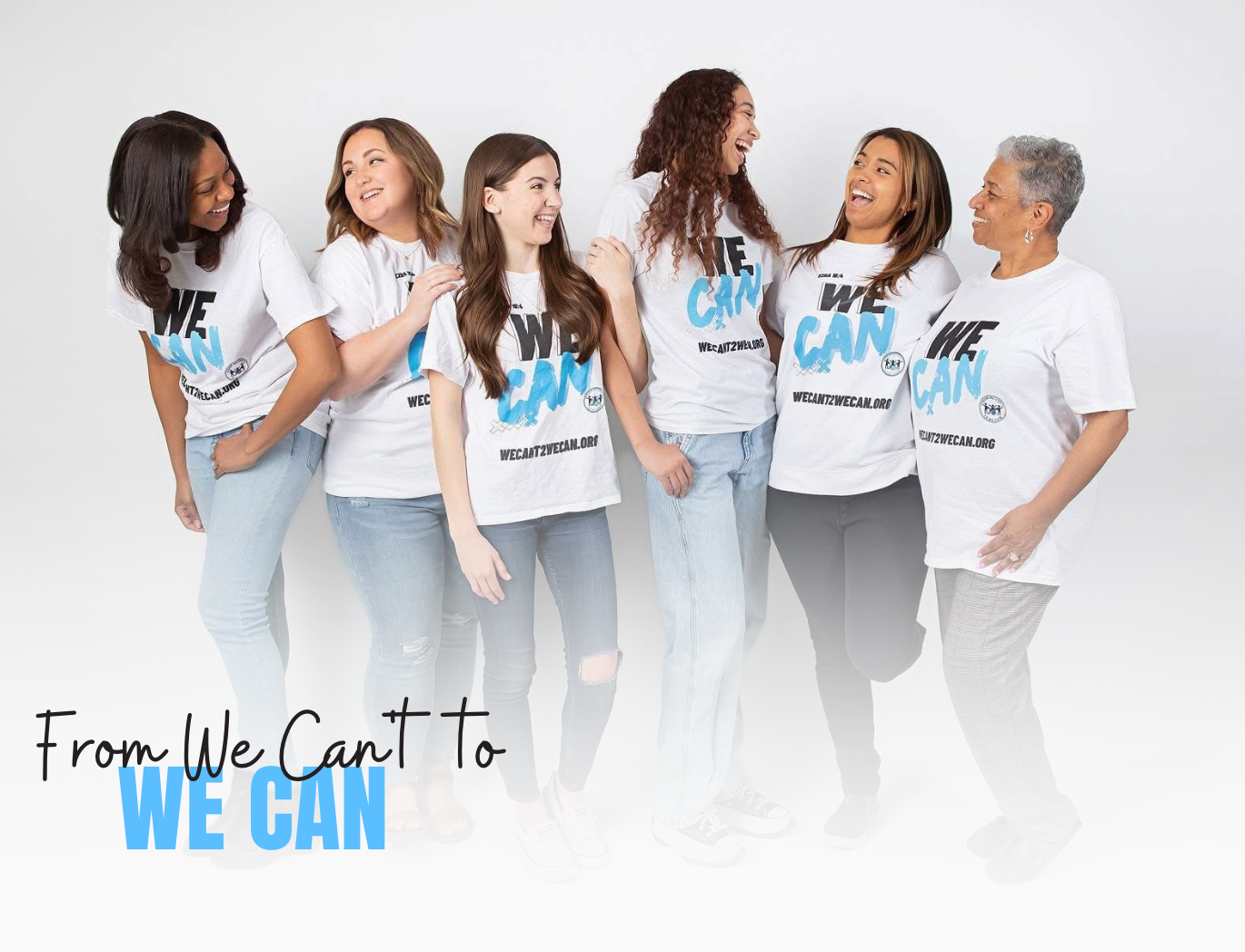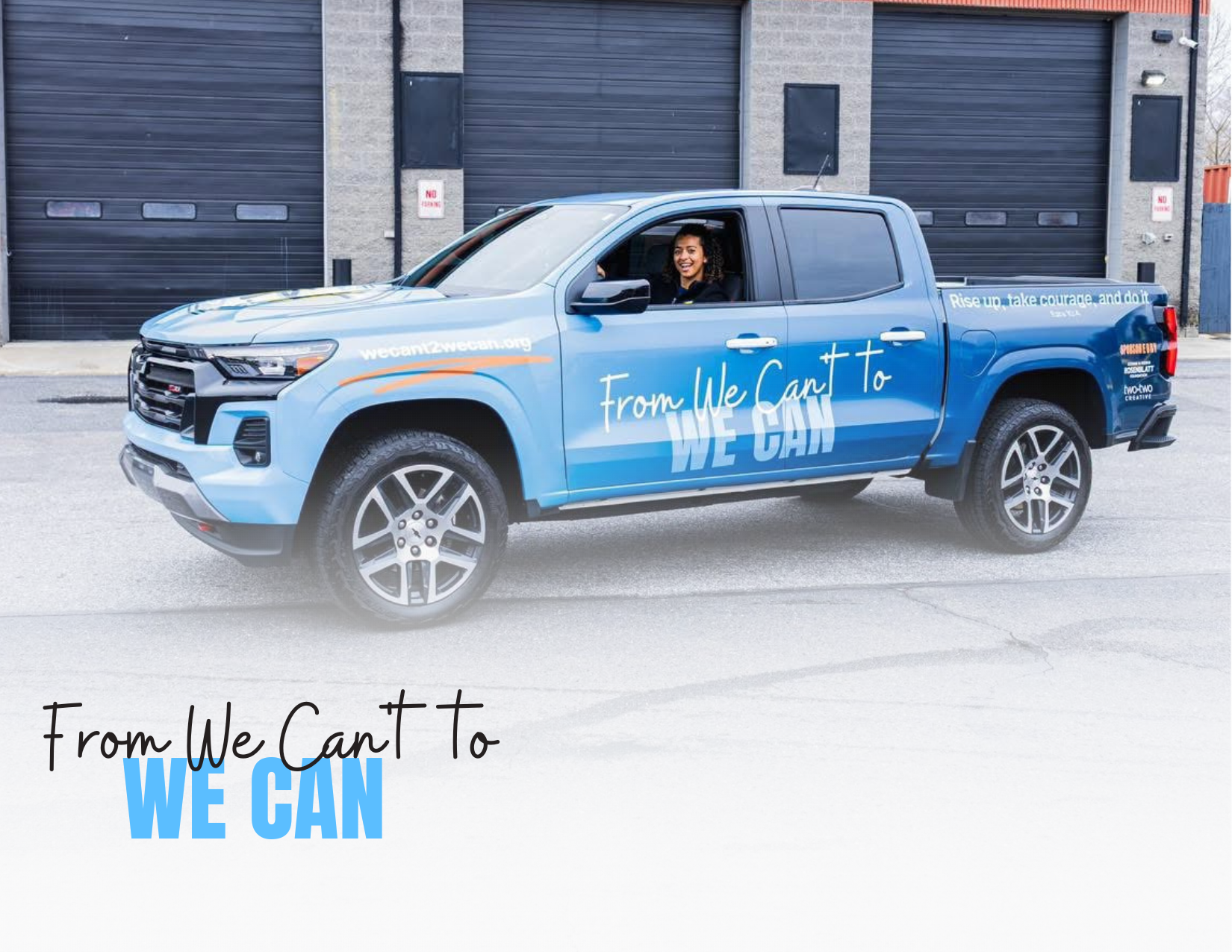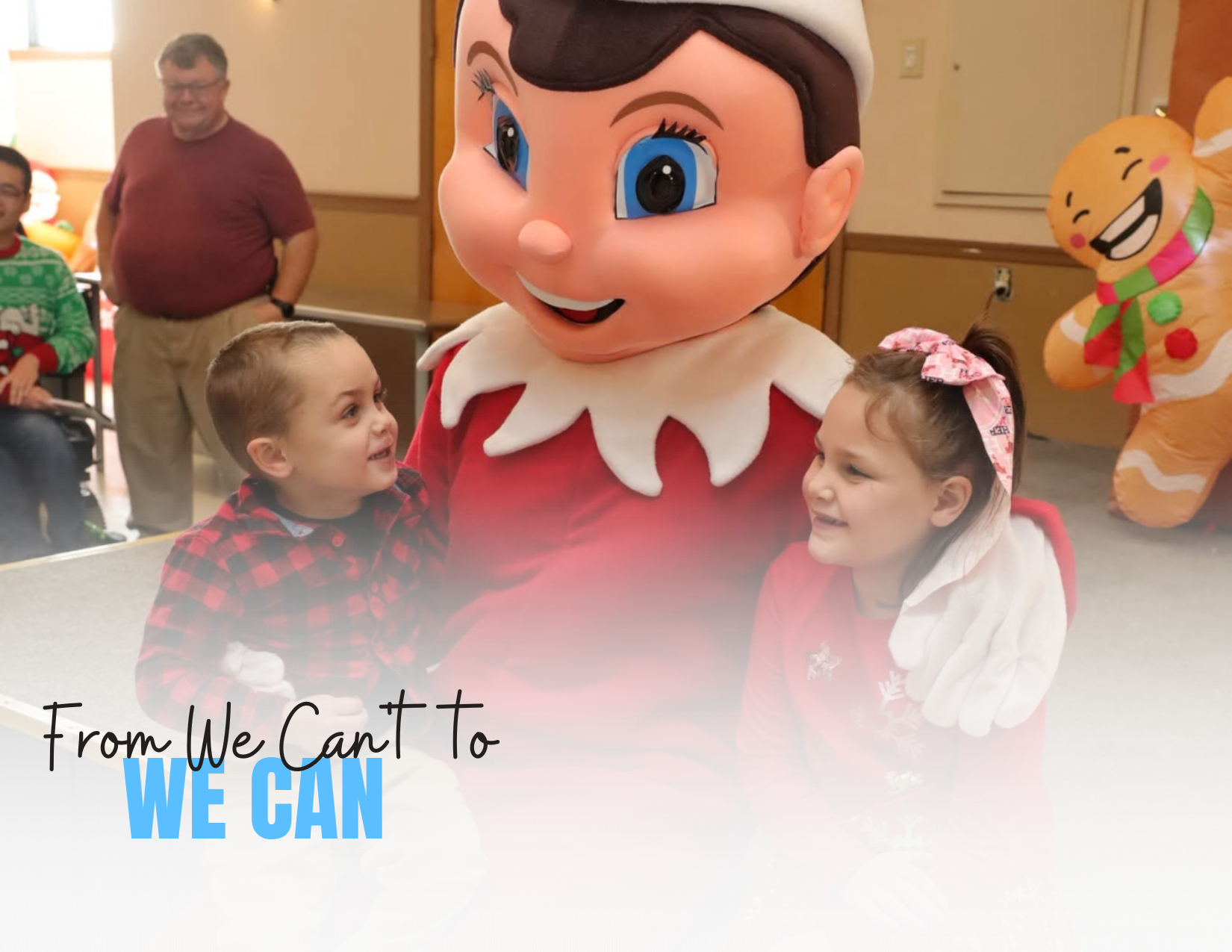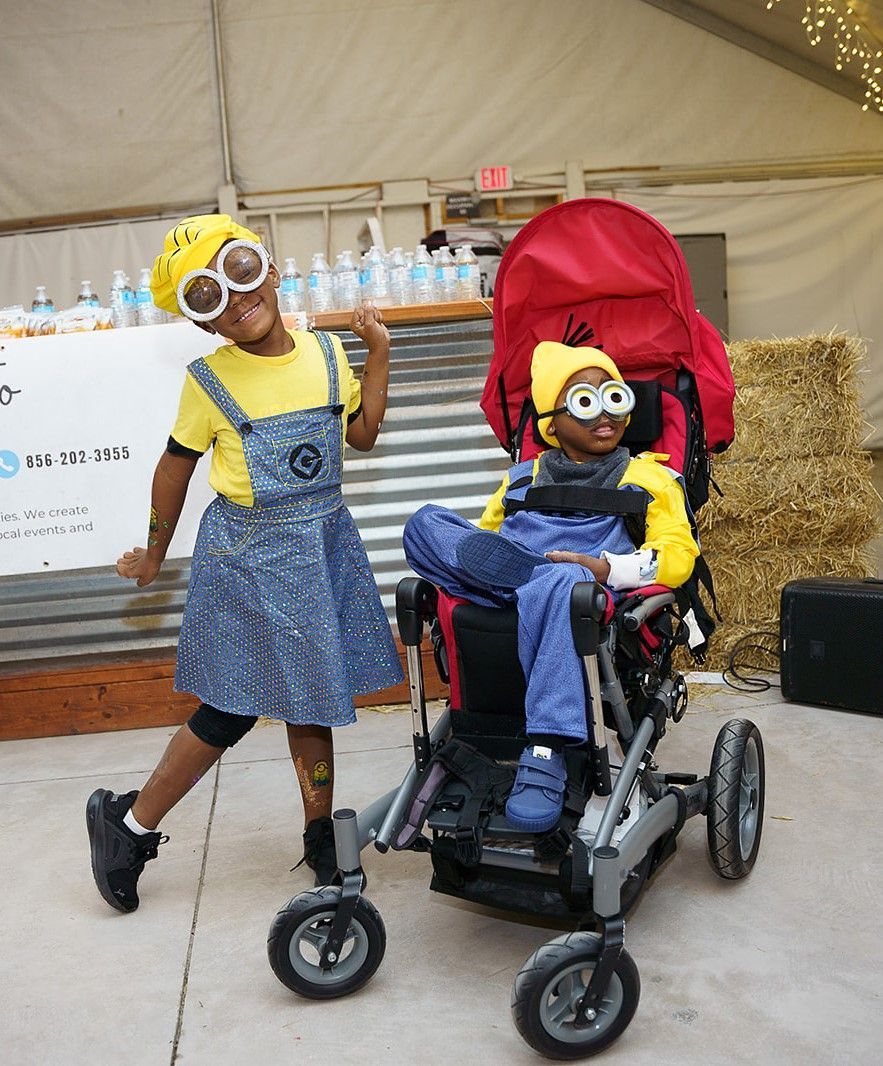The Magic of the Holidays

For many families, the holiday season is filled with last-minute gift shopping, Santa wish lists, and a flurry of excitement. Amid the chaos, scheduling professional portraits might feel like an extra expense. However, for six families this year, the magic of the holidays was captured thanks to the collaboration between Image is Everything Studios, LLC and From We Can’t to We Can.
Through the generosity of a donor, these families had the opportunity to participate in an annual photoshoot that prioritizes inclusion and creates an environment where every child feels seen and celebrated. On November 23, smiles, laughter, and holiday spirit filled the air as families gathered for their timed photo sessions, creating memories that will last a lifetime.
One standout moment was seeing Michael, a young boy born with one club foot and living with a rare genetic disease. For his photo, Michael wore his special medical cape from Little Superheroes, adorned with patches that represent the many challenges he has faced and overcome. His & "Little Superheroes Fighting Big Battles" shirt summed up his story of resilience and hope perfectly.
Joining Michael were several other families who embraced the magic of the moment. AnnaMae and her cousin posed with joy, while Ava and her sisters, surrounded by their parents, beamed with excitement. Juliana and her siblings brought infectious energy, and Ethan, alongside his sisters, lit up the room with their bright smiles.
Desiree and Stacy, the dedicated professionals behind the camera, made sure every family felt comfortable and cared for during their session. Their compassion and commitment shone brightly, exemplifying the true spirit of Christmas – warmth, togetherness, and love.
This annual tradition is more than just a photoshoot. It’s a reminder of what the holiday season is all about: inclusion, gratitude, and the joy of creating meaningful memories with loved ones. As the families left with their hearts full, one thing was certain – they had experienced the true magic of the holidays.
You may want to read more of our blog...
We Can Blog



